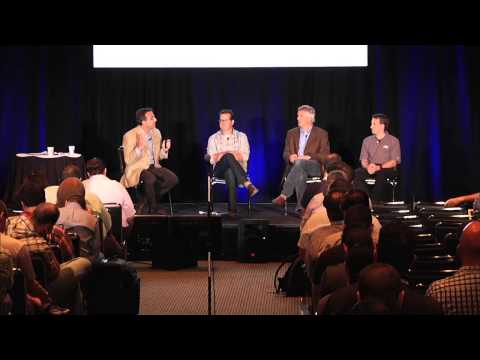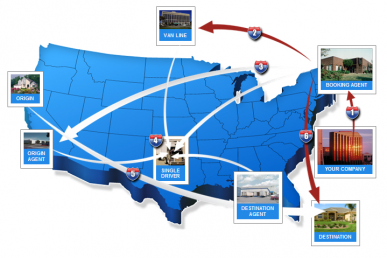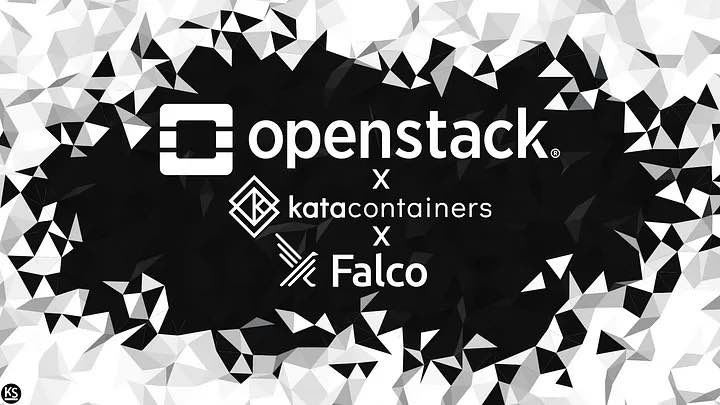A prominent point of discussion during the Atlanta Summit centered around creating and understanding business cases for OpenStack. In a panel featuring Matt Haines from Time Warner Cable, Andy Salo from RGB Networks, and Doug Soltesz from Budd Van Lines, the group discussed how to convince decisions makers to choose OpenStack, how to calculate TCO when running Openstack and why support will always be a critical element of any OpenStack strategy for enterprises.
Each of these companies have different, unique use cases for OpenStack.
Doug Soltesz, Budd Van Lines: Today, we have an infrastructure that’s aging. As backup disaster recovery continues to age, we realized how hard it is to keep up. We’ve moved to being a 24 hour operation, so we needed to improve disaster recovery. Most recently, we’ve used Swift as a durable backup disaster recovery replication. At the end of the day, previous solutions have failed. Moving forward, we want to be doing the same thing, for less cost, and at a faster delivery speed with less points of failure.
Matt Haines, Time Warner Cable: I wasn’t hired to deploy OpenStack. I sat down with the CTO and talked through 3 main problems: 1) it’s way too time consuming to develop and deploy applications, 2) scaling infrastructure with reliability is tough (presenting a consistent model to application developers) and 3) cost, as we’re spending way too much money on infrastructure. OpenStack is a tool that is well suited to work toward a solution for all three of those problems.
Andy Salo, RGB Networks: We’re actually using OpenStack as part of our product. Because of the direction our software product is headed (going from point products to solution sets), we started forming an ecosystem of applications that need to talk to each other. When you have an ecosystem, what better way is there to orchestrate that ecosystem than through a cloud-based application like OpenStack?
__
When an audience member asked about how to look at OpenStack from an ROI point of view, Soltesz explained that for some enterprises, it’s difficult to argue for something as critical as disaster recovery from a revenue standpoint. “We’re a trucking company,” Soltesz said. “If I spend $100,000 on a solution, I just took one truck off the road, and that truck is a revenue generator.” But for him, and for many others trying to convince their CEOs and Boards to adopt OpenStack, the cost involved is one of many factors in adopting OpenStack. Fundamentally, “it’s gotta work,” he said.
- Demystifying Confidential Containers with a Live Kata Containers Demo - July 13, 2023
- OpenInfra Summit Vancouver Recap: 50 things You Need to Know - June 16, 2023
- Congratulations to the 2023 Superuser Awards Winner: Bloomberg - June 13, 2023

)










